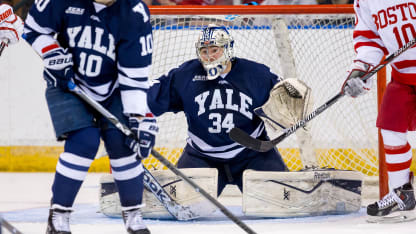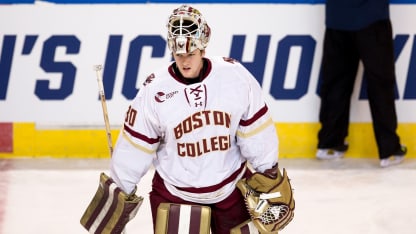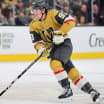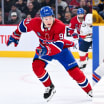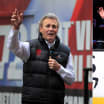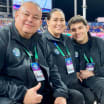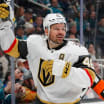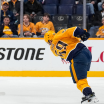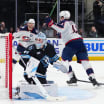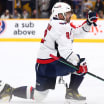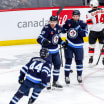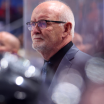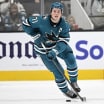"Everybody wants to find the next Eddie Belfour or Curtis Joseph," Valley said.
Although there undoubtedly is an element of wanting to increase their odds in the lottery that is goaltending development by adding prospects that did not cost them a draft pick, NHL teams clearly see merit in the NCAA as a development path for goalies. Some think an increase in NCAA goaltending coaches is creating more pro-ready goaltenders. Others believe less structure in college helps goalies learn to read the game and manage their own style without becoming overly technical or too predictable. Either way, there are more development steps required after graduation.
There are few absolutes in goaltending at any level, but the majority of college goalies play an aggressive positional game that rarely translates well at the professional levels.
"It's more of a shot game in the NCAA, with more shot blocks, more shooting from the outside, more protection on the inside, and a lot of defensive structure," said Scott Murray, the Capitals goalie development coach. "So it's more of a first-shot type of game and that's where you see some of that aggression. It's not necessarily the right way to play, but I don't think they get hurt by it as much as they might playing like that in major junior and when they turn pro."
Sabres goalie coach Andrew Allen said he thinks a mix of bigger rinks and playing only on weekends also contributes to the aggression.
"They are gung-ho every night," he said. "So when we get them as pros a lot of times you have to calm them down, work on their patience, work on their depth and manage their energy a little more. To have consistency over a longer schedule there are some small changes that need to be made to kind of reign them in and get them to play with a little more positional awareness and a little more energy conservation."
That can take time.
New Jersey Devils goaltender Cory Schneider was a 2004 first-round pick (No. 26) by the Vancouver Canucks, but after leaving Boston College he spent three seasons in the American Hockey League before graduating to the NHL full-time. Edmonton Oilers goalie Cam Talbot was an undrafted free agent signed by the New York Rangers out of the University of Alabama-Huntsville and spent three seasons in the AHL before sticking in the NHL. Each has talked about having to learn to play less aggressively and to rely less on backward flow as part of the transition from the NCAA to pro.
But Murray said he sees more goalies playing more of a pro style in college these days.
That may help explain how Winnipeg Jets prospect Connor Hellebuyck, who didn't play as aggressively in his two seasons at UMass Lowell, had success this season, his second as a professional. It also may explain why Lyon, who also plays more of contained positional game, has so many NHL offers to choose from.
"Top college goalies are starting to play more a contained style and look more like prototypical pro goalies compared to five years ago," Murray said.
